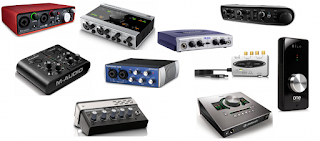Hello and welcome to this week's article! Today we are reviewing the most recent Guitar Amp simulator on the market: Mercuriall Tube Amp Ultra 530!
This amp simulator is based on the Engl E530, one of the best sounding preamps in the market, and offers a full circuit simulation of the hardware unit, plus some extra feature that the original unit doesn't have: a 3 position contour switch (instead of 2), a Stereo Chorus and a boost switch for the Lo Clean channel.
The simulator offers you also to choose among 3 types of preamp tubes, and features a class A power amp section with presence and master control.
The cabinet section is, oddly, not Impulse driven but features a 2d positioning system of a virtual Shure sm57 microphone into one of the 8 available cabs: you can choose and adjust the position of the microphone until you find the sweet spot between the distance from the speaker and, horizontally, from the dustcap. Anyway the cabinet section can be disabled and the segnal can obviously be fed into an external IR loader.
This plugin sounds really good, and it holds on well against the direct competitor: the X30 of TSE audio, which simulates the same preamp: the sound is smooth, the plugin is not a cpu-hog (which is very important since usually one has to run more than one instance of it in a project), the controls are many and accurate, and I had fun finding the sweet spot for the microphone.
The only critic maybe we could make to this product is the fact that it could definitely incorporate more features: an Ir cabinet loader could be very useful, same for a noise gate, an overdrive simulator, a tuner and a delay.
Just adding those essential modules would make the guitar track signal chain much smaller and cleaner, but something tells me that the future editions of this plugin will surely be more complete, since Mercuriall features also a pretty wide freeware section, and some of the good software in this section could undoubtly be revamped and incorporated in this paid suite making it more complete, as it is happening in the Ipad suite of the same producer: Amp One.
Become fan of this blog on Facebook! Share it and contact us to collaborate!!



